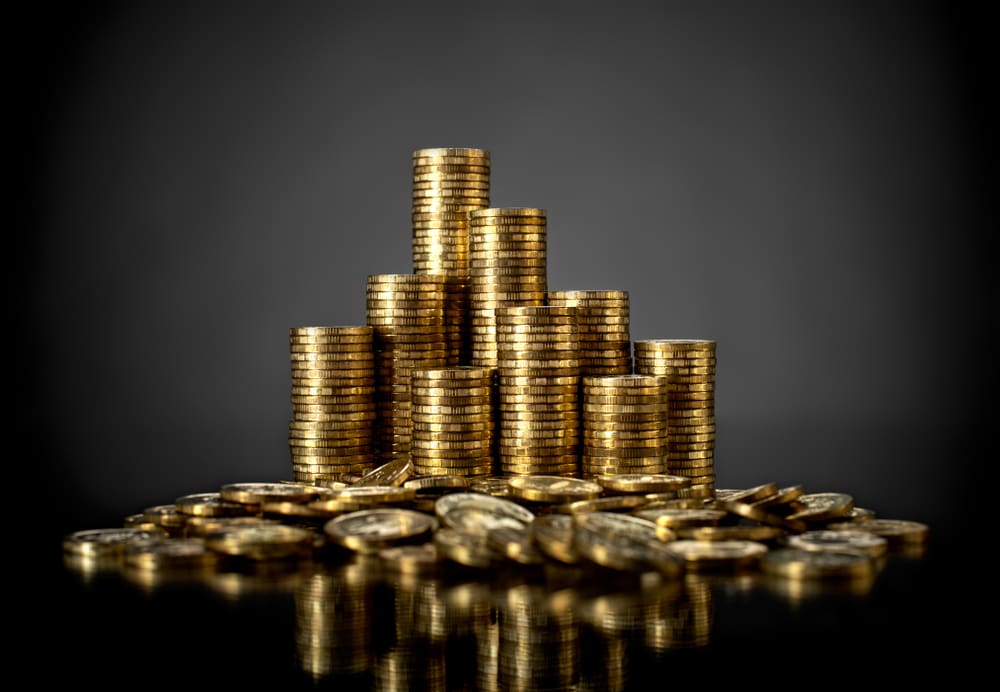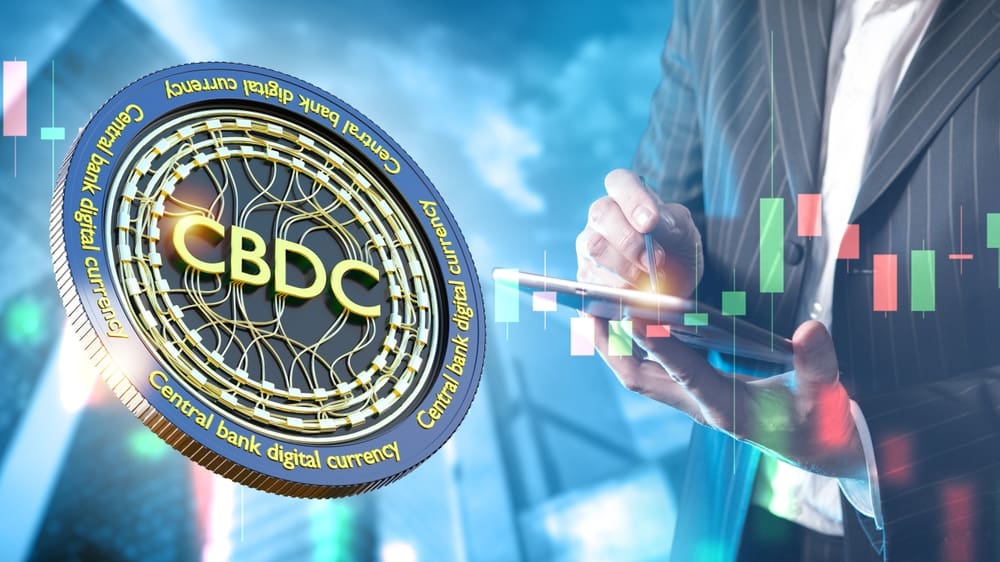The USA is known as “The Land of the Free”, notably commended in our Star Spangled Banner. That’s been true in most cases but, up until recently, entirely untrue in the world of crypto. The Land of the Free over the past years has had one of the most regulatory restrictive regimes toward a space that has, frankly, been embraced by pretty much the rest of the world. That’s changing. Quickly. With many promises made on the campaign trail by Trump to open up and embrace this industry, news outlets were abuzz before the inauguration. Bloomberg noted that Trump intended to designate crypto as a priority, and further that executive orders would be signed in short order that would move the industry forward. Sure enough, upon inauguration, President Trump signed executive orders that will certainly move the industry forward. In addition and notably, at the World Economic Forum in Davos, he announced that America will be the world capital of crypto. We’ve never had a crypto friendly US. It looks like we’re about to. Sorry we’re late world, but we’re here now. Let’s jump in to understand what this all means.
From Promises to Policy
While on the campaign trail President Trump made many promises. He stated that he would create a Bitcoin Strategic Reserve. That he would fire SEC Chair Gary Gensler. That he would establish a clear regulatory framework, promote US leadership in digital asses and reverse restrictive policies. Well, within four days of being in office, all of those things were being realized.
Starting on inauguration day things begin with a bang. That day SEC Chair Gensler was indeed out, with a voluntary resignation from the office. While Trump nominee Paul Atkins awaits confirmation, crypto friendly commissioner Mark Uyeda has stepped in as acting chair and is working side by side with “Crypto Mom” commissioner Hester Peirce. Atkin’s confirmation will signify a sweeping tide change and an innovation friendly regulatory body. A few days later on the 23rd Trump signed an executive order that does quite a bit. It begins by establishing a “Presidential Working Group on Digital Asset Markets”, which is charged with developing a regulatory framework governing digital assets. This group is chaired by the White House AI and Crypto Czar David Sacks and includes Secretary of the Treasury, the Chairman of the Securities and Exchange Commission, and the heads of other relevant departments and agencies. What is notable here is that the group brings external industry expertise to this conversation and the group is charged with not only establishing regulatory clarity but also identifying actions from the previous SEC administration that should be rescinded. Given the veritable witch hunt against everything and anything crypto under Gensler’s SEC, I imagine there are many cases – from Coinbase to OpenSea – that will simply be modified, amended or all out dropped. This is a good thing. Don’t get me wrong – we should go after bad actors. But the prior administration simply assumed that if a company was dealing with crypto they were in fact just that – bad actors. Period. That’s like saying because I have a $100 bill then I am laundering money. It’s just not true. In addition to this, the Executive Order also revokes the previous Administration’s Digital Assets Executive Order and the Treasury Department’s Framework for International Engagement on Digital Assets. This is important as this prior order simply suppressed innovation and in doing so I argue undermined U.S. economic liberty and global leadership in digital finance.
Simultaneously, Senator Lummis (R-WY), arguably the industry’s biggest advocate on Capitol Hill (and who I had the pleasure to meet last year at the Wyoming Blockchain Summit) will now be chairing the new Senate Panel on Digital Assets. The mandate of this panel is twofold:
passing bipartisan digital asset legislation that promotes responsible innovation and protects consumers, including market structure, stablecoins and a strategic bitcoin reserve
conducting robust oversight over Federal financial regulators to ensure those agencies are following the law, including ensuring Operation Chokepoint 2.0 never happens again
This, along with our now largely crypto-friendly congress, will ensure that we have an environment that embraces this technology wisely, and prevent the suppression that was seen through the last four years.
As a supplement to this, though not a part of the executive order, the President further demonstrated his support by rescinding SAB 121, an SEC bulletin which, in summary, prevented banks from holding crypto as custodians. There was a motion to repeal this bill under Biden’s administration which Biden strangely and summarily vetoed. That veto never made sense to me. If you want to nullify bad actors, then empower the good (well, or at least the known) actors, the big banks. Trump has now done just that.

Stockpiling Satoshis
But if that’s not all – the big promise on the campaign trail was the creation of a national bitcoin stockpile (Note: for those new to the space – a Satoshi is 1/100,000,000 of a bitcoin. So, if Bitcoin is $100K, then a Satoshi is $0.001, or one tenth of one penny. This doesn’t sound like much but imagine, should bitcoin reach the mark of $1,000,000 per coin, which is only 10x from here, then 1 Satoshi will equal 1 penny. This becomes a unit that is much more manageable. But I digress…. Back to the stockpile!) This was one of his most compelling and motivating campaign promises, one which garnered the attention of, well, just about everyone. The US government actively buying and holding bitcoin on its balance sheet sends a message to the entire world. Bitcoin is valuable. Bitcoin is real. And it’s going to be a game changer. Should this happen, the rest of the world is almost automatically compelled to do the same. This is one of the mandates of the new Working Group identified in his Executive Order – specifically, to explore and evaluate what such a reserve would look like for the US. What is interesting is that this directive wasn’t just limited to bitcoin – it was to explore the creation of a digital asset reserve which may include other assets, of which the rumored frontrunners are Solana and XRP. This is also telling in that the Trump administration believes that not just bitcoin, but that other digital assets are valuable, and they are betting that they are going to be a game changer.
Personally, I’d prefer to just see it be a bitcoin stockpile. Bitcoin is finite, rare, is truly digital gold. Other digital assets are not, and they don’t intend to be. They are technologies designed to do specific things. Sure, they may be valuable, but so is wine, and we don’t see ourselves creating a stockpile of Screaming Eagle and Opus one! I think adding them to the reserve ultimately conflates what each digital asset is designed for. I like the fact that bitcoin is digital gold. I also like the fact that other digital assets are a part of the innovation stack. They are distinct. Nevertheless, this ultimately is a very good thing and, whether it’s bitcoin or a host of others in addition to bitcoin, it legitimizes the space in ways that we’re seemingly impossible just a few years ago. And that’s exciting.

To CDBC or not to CDBC
One surprise in the executive order is that it explicitly banned the creation of a CDBC – a Central Bank Digital Currency – in the USA. This is incredibly important. A CDBC, which is basically a government issued digital dollar, would look like a crypto asset but would be markedly different. Rather than being discretely possessed and controlled by individuals, a CDBC would be a currency that the government could monitor and track, including its use, location and payment rails. It could be turned on and off in a whim, accessed and confiscated. In essence, a surveillance currency. It’s quite different from any form of crypto asset, which is specifically designed to be held and controlled by an individual and transferred at the desire of the transferee without any friction or interference. This ban not only provides clarity and promotes the advancement of stablecoins as a viable means of value exchange, it does something even more important. It preserves our freedoms.
Other Noteworthy Happenings
One additional example which I’ll put in the “Boring but Important” category that clearly shows how the new administration is already indrectly impacting this world, is that Nasdaq has proposed a rule change for BlackRock’s iShares Bitcoin Trust ETF that would enable in-kind Bitcoin redemptions. This is huge. This change would allow institutional investors to redeem ETF shares directly for bitcoin instead of cash. This should streamline the redemption process and reduce market selling pressure during redemption events. It’s a clear departure from the cash-only redemption model introduced under the previous SEC administration and shows how the industry is already exploring more innovative and friendly approaches to crypto financial products. I think this is just the beginning of what looks indeed to be a crypto golden age.
And, before we wrap of course, I have to have a sidebar and mention the release of the $TRUMP memecoin. This coin was released the night of the Crypto Ball on Friday 17th, took the space by storm and garnered all of the crypto world’s intention Inauguration weekend. I honestly have mixed feelings about this. Meme coins may go up or down in price but they are one of the reasons people give no credit to crypto. Memecoins simply have zero fundamental value. Having said that, people so seem to love them and in the world of social media memes are really a big deal. They are a means of social exchange and, as tradable liquid assets, like it or not, they are a growing part of this ecosystem. In any case, love it or hate it, it does one thing very clearly. It demonstrates Trump’s intention to the world that he is “all in” on crypto.
In Closing
Lots of politicians make promises. Some are fulfilled. Many are not. In this case, Trump came out swinging, working to fulfill his crypto promises and to step into his legacy as the Crypto President. Last administration he measured his success largely by the performance of the stock market. In this administration it seems it will be measured by the success of the crypto markets. That is a very good thing for those that are embracing this space. And whether you’ve been here a while or you’re brand new I would like to say that you are, surprisingly, still early. The Age of Autonomy is just beginning, and we have a front row seat to watch it unfold.
That’s all for now. Until next time be well, stay safe, and I’ll keep Decrypting Crypto for you!
James Diorio
Chief Executive Officer
Tradecraft Capital | 855-587-8337 x13 | 500 W. 2nd St, Ste 1900, Austin, TX 78701




